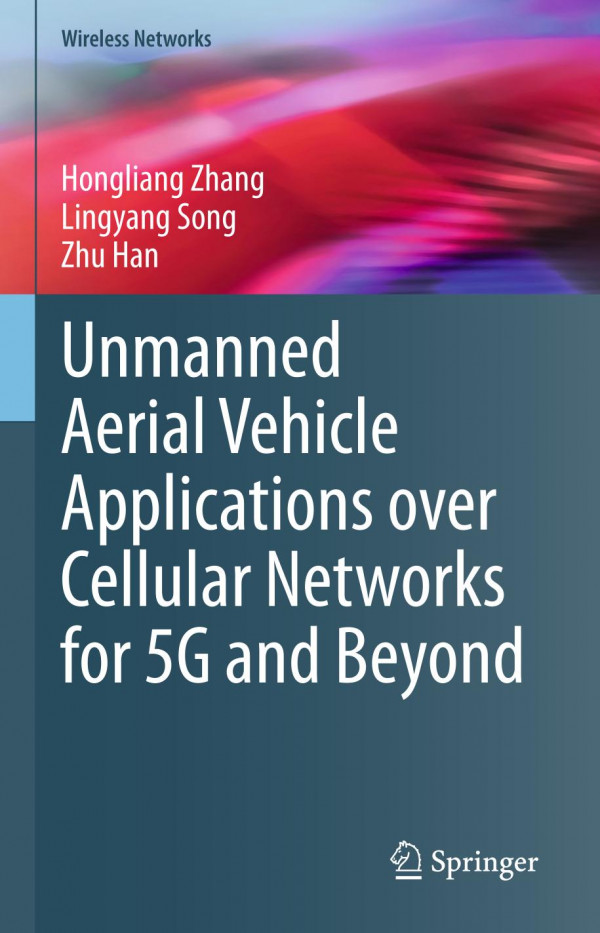

Most ebook files are in PDF format, so you can easily read them using various software such as Foxit Reader or directly on the Google Chrome browser.
Some ebook files are released by publishers in other formats such as .awz, .mobi, .epub, .fb2, etc. You may need to install specific software to read these formats on mobile/PC, such as Calibre.
Please read the tutorial at this link: https://ebookbell.com/faq
We offer FREE conversion to the popular formats you request; however, this may take some time. Therefore, right after payment, please email us, and we will try to provide the service as quickly as possible.
For some exceptional file formats or broken links (if any), please refrain from opening any disputes. Instead, email us first, and we will try to assist within a maximum of 6 hours.
EbookBell Team

0.0
0 reviewsThis book discusses how to plan the time-variant placements of the UAVs served as base station (BS)/relay, which is very challenging due to the complicated 3D propagation environments, as well as many other practical constraints such as power and flying speed. Spectrum sharing with existing cellular networks is also investigated in this book. The emerging unmanned aerial vehicles (UAVs) have been playing an increasing role in the military, public, and civil applications. To seamlessly integrate UAVs into future cellular networks, this book will cover two main scenarios of UAV applications as follows. The first type of applications can be referred to as UAV Assisted Cellular Communications.
Second type of application is to exploit UAVs for sensing purposes, such as smart agriculture, security monitoring, and traffic surveillance. Due to the limited computation capability of UAVs, the real-time sensory data needs to be transmitted to the BS for real-time data processing. The cellular networks are necessarily committed to support the data transmission for UAVs, which the authors refer to as Cellular assisted UAV Sensing. To support real-time sensing streaming, the authors design joint sensing and communication protocols, develop novel beamforming and estimation algorithms, and study efficient distributed resource optimization methods.
This book targets signal processing engineers, computer and information scientists, applied mathematicians and statisticians, as well as systems engineers to carve out the role that analytical and experimental engineering has to play in UAV research and development. Undergraduate students, industry managers, government research agency workers and general readers interested in the fields of communications and networks will also want to read this book.